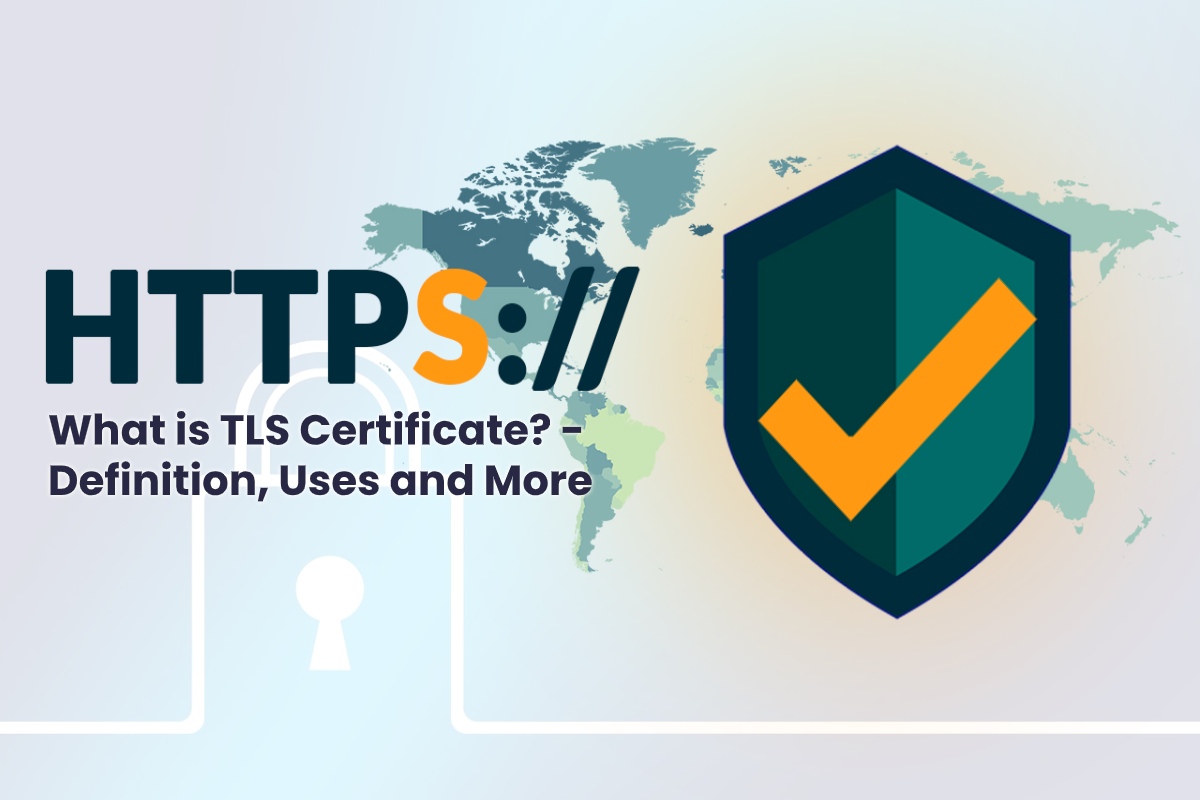

Unlocking TLS Certificates: What They Are, Why They Matter, and How They Protect Your Data
TLS Certificate Definition
What the TLS Certificate Is All About
Imagine you’re at a crowded party where everyone’s whispering all the time. Sound like a recipe for a disaster? That’s exactly the kind of mess the Internet can get into if your data isn’t locked down. The TLS Certificate, short for Transport Layer Security, is the trusty bodyguard that makes sure your messages stay cozy and private.
Why We Need a Bodyguard
When two computers chat over the internet—say a user’s laptop and a healthy‑food blog’s server—there’s a huge gap between them. We call that gap an unsafe environment. Mid‑communication, eavesdroppers could hop in and sniff out sensitive info. That’s where TLS steps in: it creates a secure, encrypted line so people can swap secrets without anyone else catching on.
From SSL to TLS
Not to get all technical—it’s a legacy thing. TLS is basically the next-gen upgrade of SSL (Secure Sockets Layer) 3.1, born out of the internet heroes realizing that the old lock wasn’t cutting it. “We need something stronger,” they said, and boom—TLS was born, with a slick handshake mechanism to agree on encryption keys before any data ever travels.
Key Features
- Cryptographic Security: The star of the show! TLS guarantees that only the intended receiver can read your message.
- Interoperability: Works across different applications—think HTTP for web pages, SMTP for emails, and more.
- Extensibility: Adds new features without breaking the old ones.
- Efficiency: Fast enough for your binge‑watching and not glitchy!
TL;DR: TLS Certificates keep your data safe by encrypting everything, ensuring that even if someone sneaks in, they end up with a big cryptographic puzzle instead of a clean message.
We’ve also looked into some cool Cannabidiol (CBD) extraction tech. Check out 3 Technologies Used for Cannabidiol Extraction for a deep dive!
What is SSL?
What SSL Really Is and Why It Matters
SSL (Secure Sockets Layer) is the unsung hero keeping the web safe. Think of it like a digital lock‑and‑key system on every page that uses the standard certificate—an invisible badge of trust that says, “Hey, I’m legit.”
How It Works (In a Nutshell)
- Every web server gets two special keys: a public key that it can share openly, and a private key that stays hidden.
- The server sends its public key to your browser. This lets you know you can safely send information on that site.
- When you send something encrypted, the server uses its private key to unlock it—kept secure so no one else can read it.
- During the handshake, the server also packages the message in a “MAC” (Message Authentication Code) to prove the data hasn’t been tampered with.
What SSL Really Aims For
- Privacy: Your data travels encrypted, so eavesdroppers get nothing.
- Identity Verification: Certificates confirm the server actually is what it claims to be.
- Reliability: The link stays robust because the integrity of the message is guaranteed—no crooked middle‑man can alter it.
In short, SSL isn’t just a fancy acronym; it’s your digital guardian that keeps mishaps, hacks, and data leaks at bay—so you can browse, shop, and chat with confidence.
How do they differ?
SSL vs TLS: The Tale of Two Twins
When it comes to keeping your data safe between client and server, SSL and TLS are often seen as the same cookie‑cuter. But they’re actually siblings whose growth journey showered them with a few quirks. Let’s dive into what sets them apart and why TLS is the safer bet.
Why SSL has a Bumpy Road
- Key‑Handshake Chaos – In the old SSL choreography, the server hands out its public key in a rather public shout. “Hey, here’s my key!” – but imagine a rogue paparazzo grabbing that key and swapping it out with a forged version. That’s the classic “man‑in‑the‑middle” trick.
- Hidden Vulnerability – Even if the client has no sense of being cheated, the spoofed key slides in, quietly sabotaging the encrypted channel.
TLS—The Heroic Upgrader
- Improved Protocols – TLS refined the handshake with tighter checks, making it far harder for an imposter to insert a fake key.
- Zero‑Friendly Collaboration – It ensures that client and server are speaking the same, secure language from the get‑go, eliminating the “illegal listening” nightmare.
Practical Steps to Beef Up Your Domain
- Grab an SSL Certificate – Think of it as a passport for your website. In most control panels, there’s a “Security” or “Certificates” section where you can order one. It’s usually a quick request and often comes at no extra cost.
- Activate & Verify – Once the cert sits on your server, most panels will auto‑configure Apache/Nginx to use it. A quick
https://yourdomain.comtest should show a lock icon. - Upgrade to TLS for Email – For mail services (SMTP, IMAP, POP), configure the server to require TLS 1.2 or higher. Most modern email clients will automatically enforce this once the certificate is in place.
Beyond the Basics
Need more depth on cross-site attacks? Check out What is XSS (Cross-site Scripting)? – Definition, Types and More. And if you’re looking for extra goodies, imtechies hosts a treasure trove of handy tutorials and guides.
Bottom line: while SSL laid the groundwork, TLS polished the process—making sure your encrypted conversations stay the real deal. So, just like a good friend, give TLS a chance to keep the chatter private and free from intruders.







